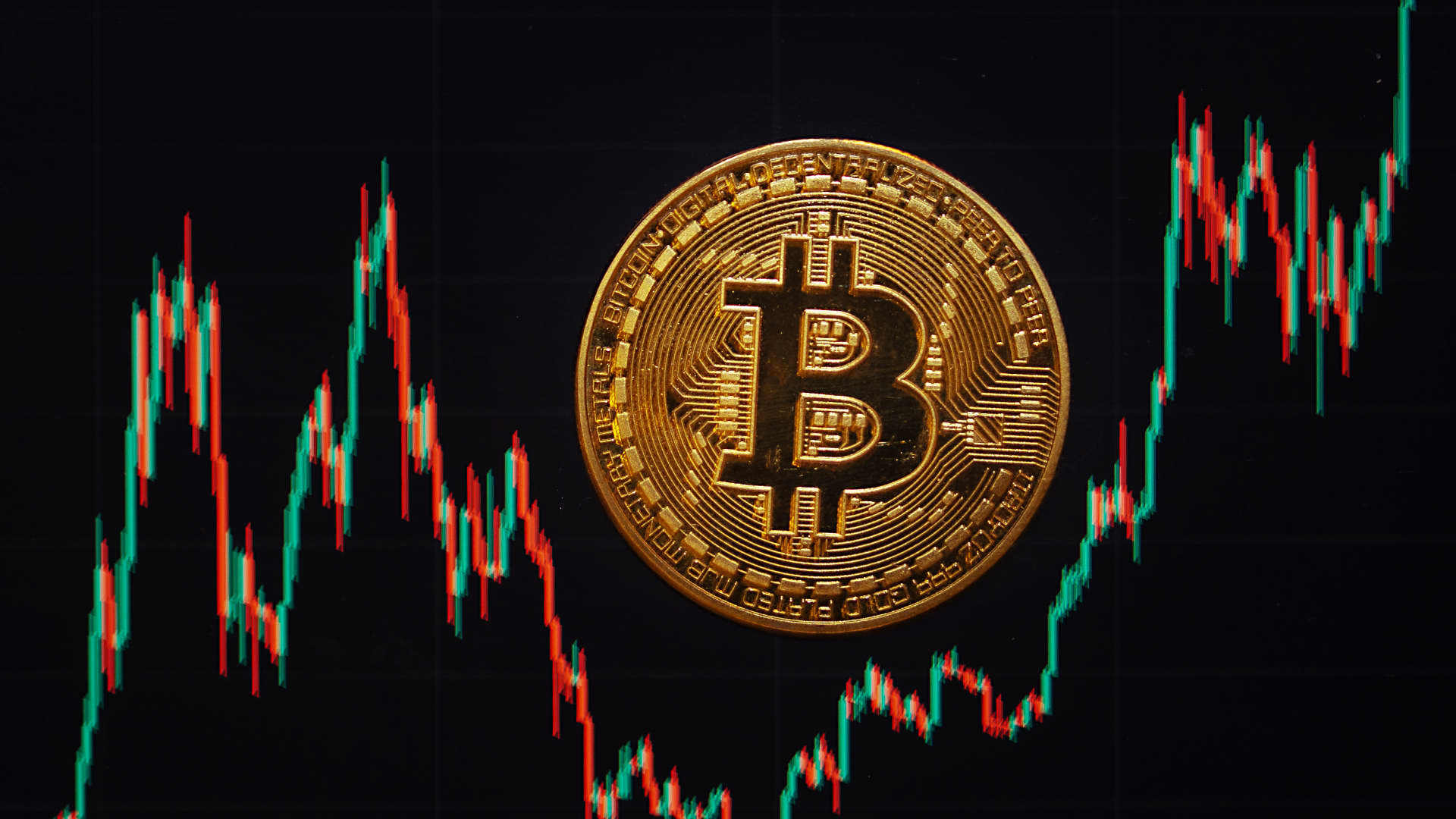As bitcoin prepares to vault to $100,000, I can’t help but wonder if cryptocurrency – not artificial intelligence – is the mother of all financial market manias. Despite its increasingly widespread adoption as an investment vehicle, the flagship crypto has yet to make its intended mark as an alternative currency. While the market capitalization of bitcoin is approaching a staggering $2 trillion, the St. Louis Federal Reserve estimates that there are about $2.4 trillion in U.S. dollars in circulation globally. The U.S. dollar remains the world’s reserve currency, broadly used in more than half of all global trade and in foreign exchange transactions. The dollar’s share of global payments, as reported by SWIFT , hit 49.1% in August 2024, a 12-year high, even as bitcoin was hitting all-time price highs. After studying bitcoin for years, I still have no idea of its utility value as a currency, which many in the industry claim it is. True, it has become a store of value, albeit with a great deal of volatility. BTC.CM= YTD mountain Bitcoin in 2024 The first bitcoin, minted in 2009 , changed hands at about one-tenth of one cent. With bitcoin at nearly $100,000 on Thursday, the first buyers of the cryptocurrency would, no doubt, be worth scores of billions of dollars. Kudos to them. However, bitcoin’s sky-rocketing price doesn’t mean that the crypto yet meets the criteria to be a currency. The three defining features of money are: A medium of exchange A unit of account A store of value Bitcoin – or any cryptocurrency – is not widely used for transactions. In fact, some experts estimate that bitcoin’s use case is still largely confined to illegal activities , or being used to get money out of countries with capital controls. The strength behind the U.S. dollar and gold The crypto crowd continues to insist that bitcoin and certain other cryptocurrencies will supplant the U.S. dollar as the world’s reserve currency . Even as they make that claim, the dollar continues to appreciate against the world’s most widely used currencies, like the euro and the Japanese yen and the Chinese yuan. Critics of the current monetary system say that central banks create money out of thin air. This claim is rich with irony since bitcoins are “mined,” by solving complex mathematical problems. There are no physical bitcoins. They reside in virtual wallets while real dollars reside in leather ones. In my mind, though my thought process may be far less sophisticated than that…
Click Here to Read the Full Original Article at Investing…


